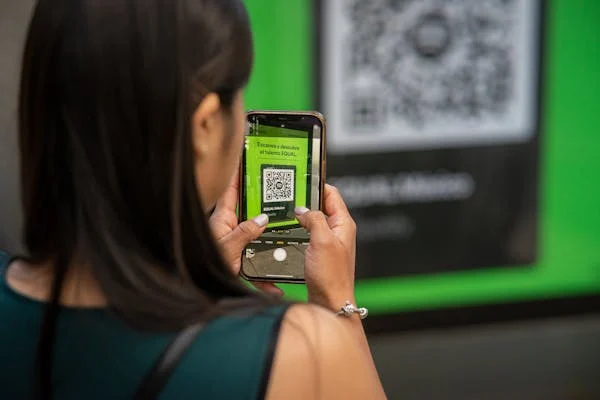The concept of e-voting becomes more popular yearly. One of the innovative tools that can enhance the security and efficiency of e-voting is the QR code. This versatile technology offers a robust solution for secure and user-friendly electronic voting systems. Read our article to find out how QR codes are being integrated into e-voting and the potential benefits they bring to the table.
Ensuring Security and Integrity
One of the primary concerns with e-voting systems is security. Voters and authorities alike worry about the integrity of the voting process and the potential for fraud. QR codes provide a secure method for voter identification and vote casting.
By generating a unique QR code for each voter, election authorities can ensure that each person votes only once. This unique code can be scanned to verify the voter's identity and eligibility.
Moreover, QR codes can be encrypted to add an extra layer of security. Encrypted QR codes make it significantly harder for malicious entities to tamper with the voting process. By using a free QR code generator with encryption capabilities, election bodies can enhance the security of their e-voting systems without incurring additional costs.
Simplifying the Voting Process
QR codes can simplify the voting process, making it more accessible to a broader audience. When voters receive their unique QR code, they can scan it using their smartphones or dedicated voting devices.
This scan can direct them to the online voting platform where they can cast their vote securely. The simplicity and familiarity of QR code scanning can reduce the learning curve for voters who might be less tech-savvy, ensuring broader participation in the electoral process.
Enhancing Voter Accessibility
One of the significant advantages of e-voting with QR codes is the enhanced accessibility it offers. Voters with disabilities, those living in remote areas, or expatriates can find traditional voting methods challenging.
Integrating QR codes into e-voting, these individuals can participate in the voting process with ease. They can receive their unique QR code via email or mail, scan it, and vote from the comfort of their homes. This inclusivity is crucial for ensuring that every eligible voter can exercise their right to vote.
Reducing Election Costs
Traditional voting methods involve substantial costs related to printing ballots, setting up polling stations, and employing staff to manage the process. E-voting with QR codes can significantly reduce these costs.
A free QR code generator can be used to create unique QR codes for voters, eliminating the need for printed ballots. Additionally, the reduction in physical polling stations can decrease the logistical expenses associated with running an election.
Enhancing Transparency and Trust
Transparency is a cornerstone of any democratic process. By using QR codes in e-voting, election authorities can enhance the transparency of the voting process.
Voters can receive a confirmation after casting their vote, which can be tracked to ensure it has been counted correctly. This transparency can increase voter trust in the electoral process, addressing concerns about vote manipulation or miscounting.
Future Prospects
As technology continues to evolve, the use of QR codes in e-voting is likely to expand. Future developments might include more sophisticated encryption methods, integration with blockchain technology for added security, and real-time vote counting and verification. These advancements will further enhance the reliability and efficiency of e-voting systems.
Conclusion
The integration of QR codes into e-voting systems presents a promising solution for enhancing the security, accessibility, and efficiency of elections. By leveraging a free QR code generator, election authorities can implement a cost-effective and secure method for voter identification and vote casting.
The adoption of QR codes in e-voting could play a crucial role in ensuring that electoral processes remain robust, inclusive, and trustworthy. This innovation not only simplifies the voting process but also reinforces the fundamental democratic principle of fair and accessible voting for all.



